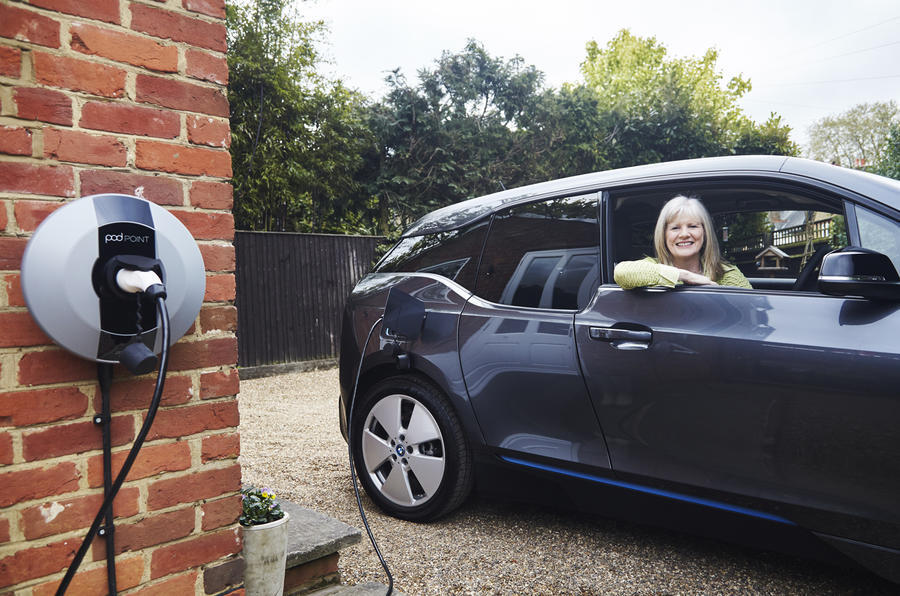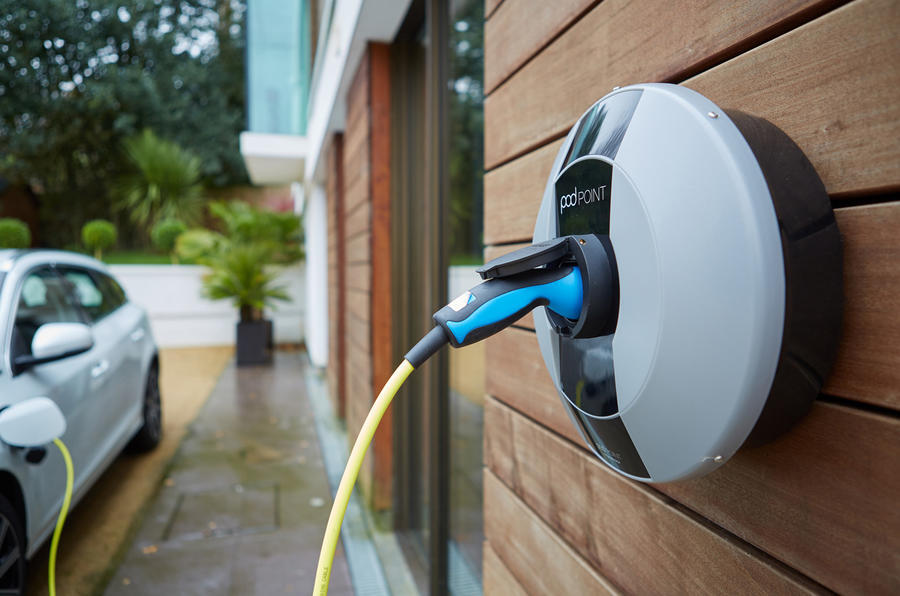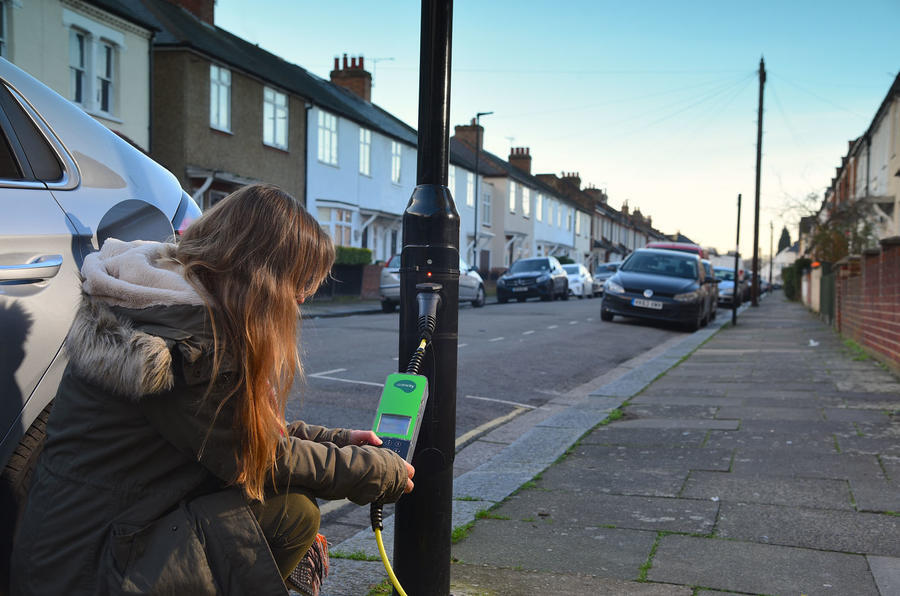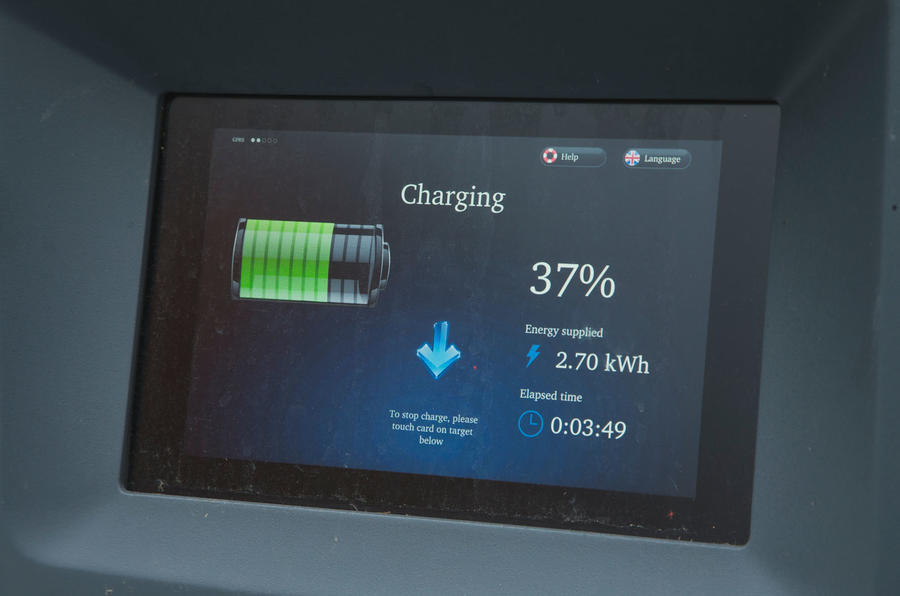The state of the public EV charging network is a hot topic as we move towards the 2030 sales ban on new pure internal combustion vehicles. Yet while being able to top-up batteries mid-journey is important, the reality is that more than 80% of electric vehicle charging takes place at home.
For most people, plugging in at their house is the easiest and most convenient option - assuming they have access to a driveway or garage, of course. Not only is electricity on a domestic energy tariff much cheaper than at public chargers, the battery can be replenished when the car’s not needed, usually when it’s parked up overnight.
An added benefit of charging while you sleep is the fact that you start each day effectively with a ‘full tank’, meaning you're less likely to have to seek out a roadside charger for a quick ‘splash-and-dash’ of electricity.
As you’d expect, there are quite a few questions that are raised when it comes to charging at home, from picking the right type of charger to discovering what kind of financial incentives are available. To make the process as straightforward as possible, we’ve pulled together this in-depth guide to charging your EV at home.
Are all electric car chargers the same?
In simple terms there are just a couple of options when home charging - you either use the trickle charger that comes with the car, or install a wallbox at your home.
However, while the former appears the most straightforward as it uses a standard domestic three-pin plug and you can take it anywhere with you, it does take a long time to refill the battery as it charges at a maximum rate of 3kW. Even a moderately sized 64kWh battery as found in a Kia e-Niro can take the best part of 24 hours to replenish, while the even bigger lithium ion packs found in models such as the Tesla Model S or Mercedes EQS could take days.
As a result, manufacturers now recommend that you use these units in an emergency when no other alternative is available. For most, a wallbox unit will be a far better bet, not least because it charges at around 7kW, which is more than twice as fast. It’s also convenient, as it’s mounted to a wall on your house or garage and so doesn’t require cables to be run into the house through open doors or windows.
What is a wallbox charger?

Essentially it’s a stand-alone charger that’s wired directly into your domestic electricity supply. As the name suggests, it’s mounted to the external wall of your property and allows you to quickly and easily plug your car in to charge.
Better still, you can buy fast charging units that will slash the time it takes to replenish the battery, while there are also ‘smart’ units that you can programme remotely to only charge at certain times (such as when your electricity tariff is cheapest) and that can condition the battery to increase its lifespan. If you have solar panels fitted at your home, then some smart chargers can make use of this renewable energy, helping lower your bills and carbon footprint. Most wallbox units are fast chargers, delivering electricity at 7kW, although there are simpler and cheaper 3kW slow chargers available.



Join the debate
Add your comment